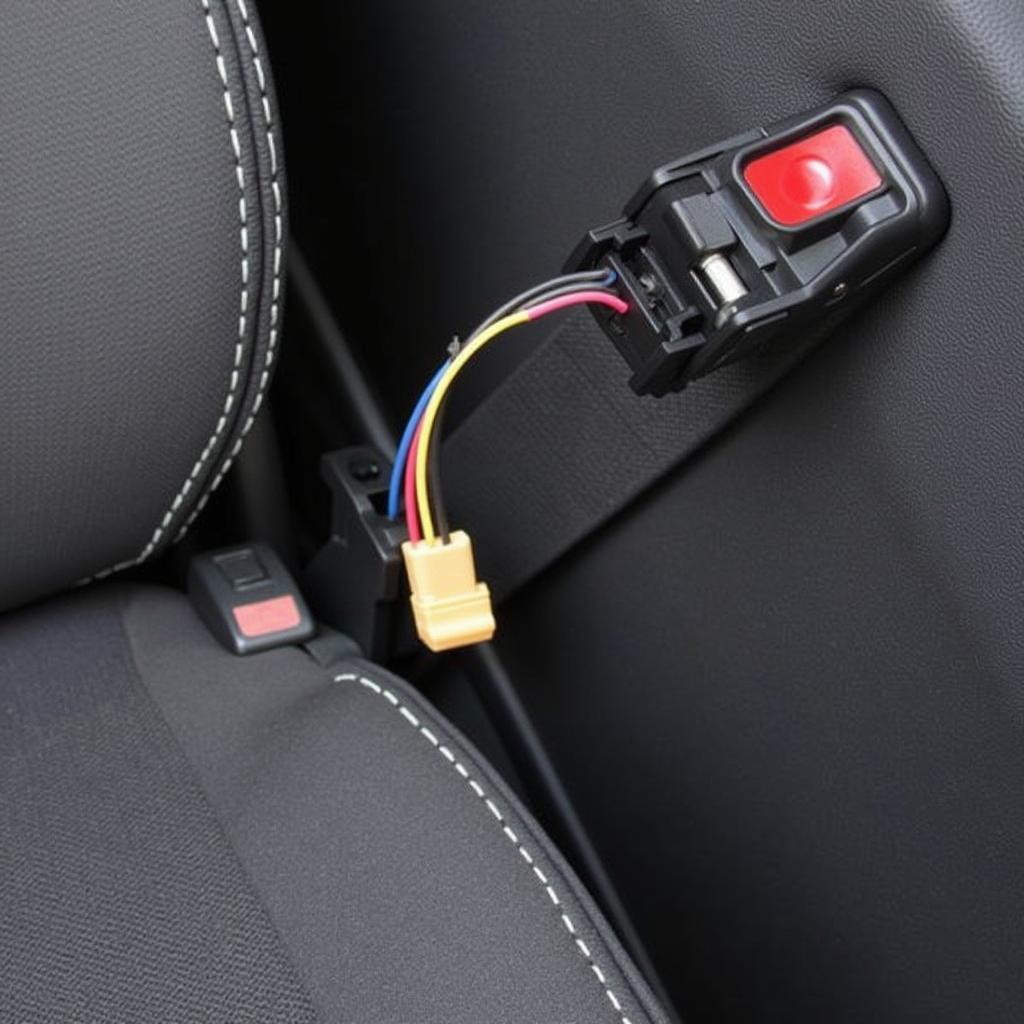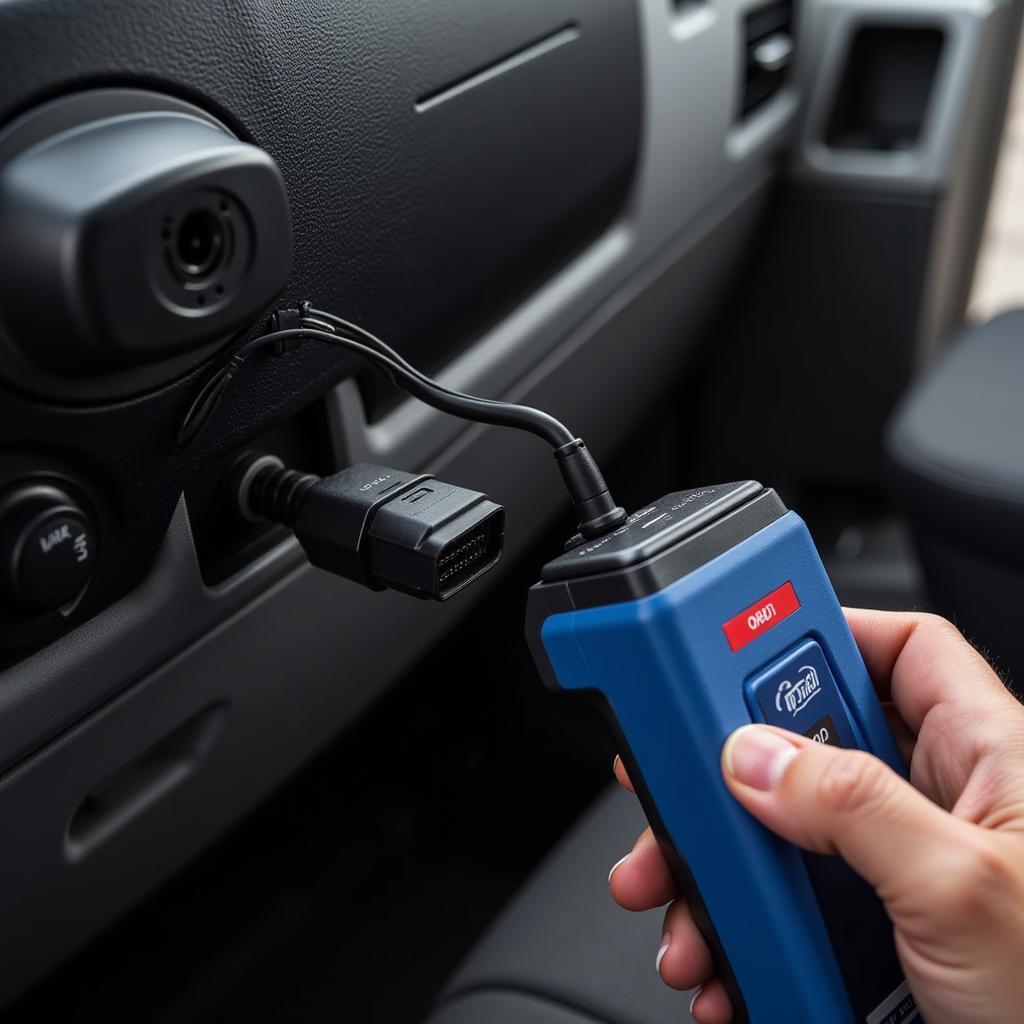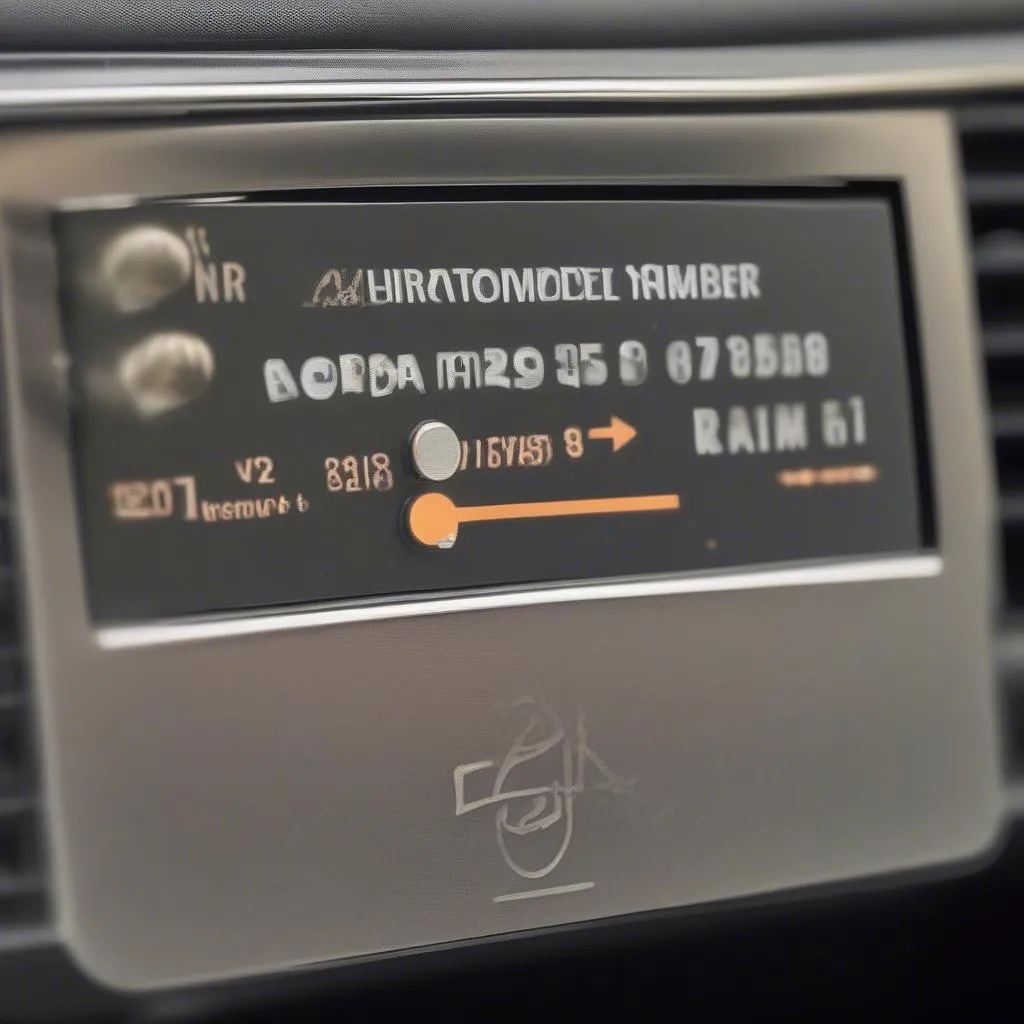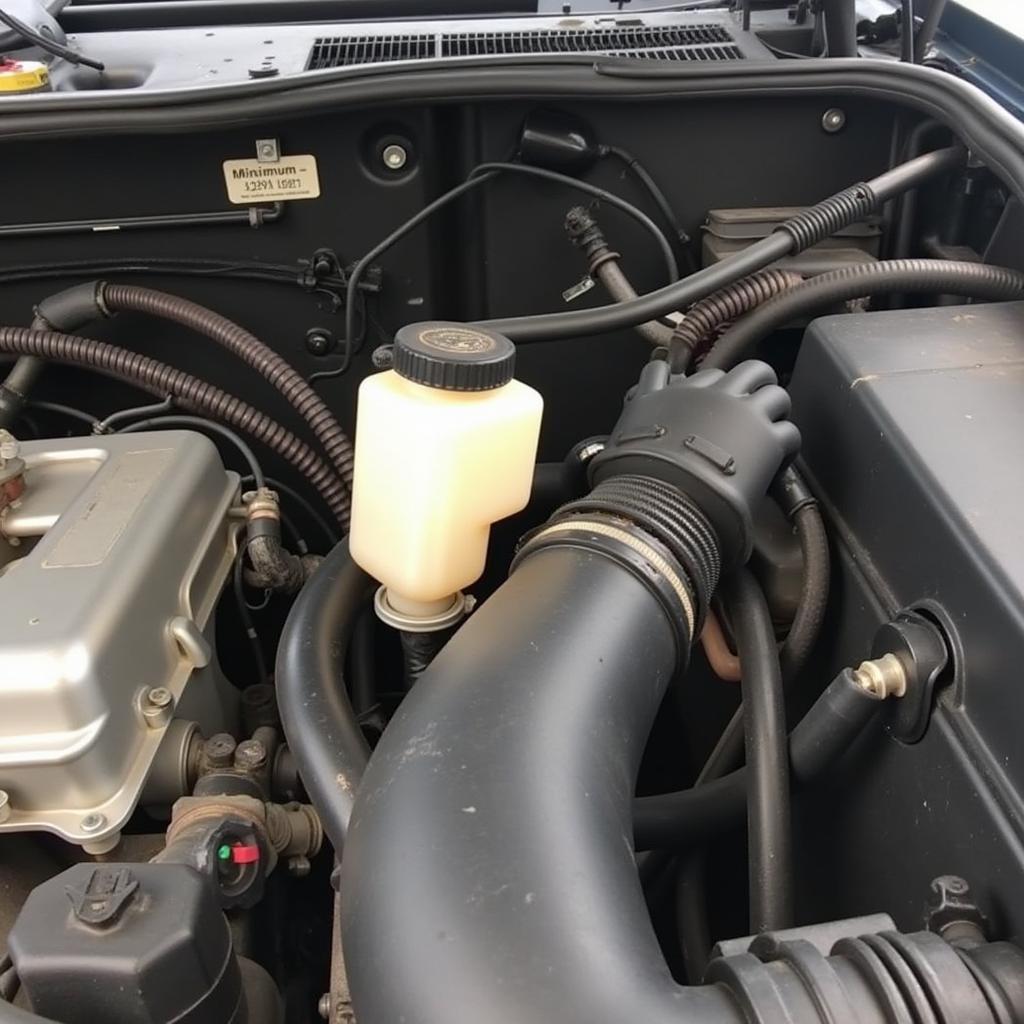The dreaded seat belt warning in your Ford Transit Custom can be a persistent annoyance. This guide dives deep into the causes of the “transit custom seat belt warning” and provides effective solutions for troubleshooting and fixing the issue, whether it’s a simple fix or requires more advanced diagnostics.
The seat belt warning system in your Transit Custom is a crucial safety feature designed to protect you and your passengers. However, sometimes the system can malfunction, triggering the warning light or chime even when all seat belts are properly fastened. This can be caused by a variety of factors, from faulty sensors to wiring issues. Understanding these causes is the first step towards resolving the problem. We’ll explore the most common culprits and offer practical advice on how to address them. This article will empower you to diagnose and potentially fix the issue yourself, saving you time and money. We’ll also discuss when it’s necessary to seek professional help.
Common Causes of Transit Custom Seat Belt Warnings
Several factors can contribute to a persistent seat belt warning. Here are the most common:
-
Faulty Seat Belt Buckle/Pretensioner: The buckle itself contains a sensor that detects whether the belt is fastened. Over time, this sensor can wear out or become damaged, triggering a false warning. Similarly, the pretensioner, a device designed to tighten the seat belt in a collision, can also malfunction and cause the warning light to illuminate.
-
Wiring Issues: Damaged or corroded wiring in the seat belt system can disrupt the signal sent to the vehicle’s computer, leading to a false warning. This can occur due to wear and tear, or exposure to moisture.
-
Seat Occupancy Sensor Malfunction: Your Transit Custom uses sensors to detect whether a seat is occupied. If this sensor malfunctions, it can trigger the seat belt warning even if the seat is empty.
-
Software Glitches: Occasionally, a software glitch in the vehicle’s computer can cause the seat belt warning to activate erroneously.
 Ford Transit Custom Seat Belt Buckle and Wiring
Ford Transit Custom Seat Belt Buckle and Wiring
Troubleshooting the Seat Belt Warning
Before rushing to a mechanic, you can try some simple troubleshooting steps:
- Check all seat belts: Ensure all seat belts, including the driver’s, are properly fastened. Sometimes a slight adjustment is all it takes.
- Inspect the buckles: Look for any visible damage to the buckles or wiring.
- Check for loose connections: Examine the wiring under the seats for loose connections or exposed wires.
- Try resetting the system: Disconnect the vehicle’s battery for a few minutes, then reconnect it. This can sometimes clear temporary software glitches.
Advanced Diagnostic Techniques
If the basic troubleshooting steps don’t resolve the issue, you may need to employ more advanced diagnostic techniques:
-
OBD-II Scanner: An OBD-II scanner can read diagnostic trouble codes (DTCs) stored in the vehicle’s computer. These codes can pinpoint the specific cause of the seat belt warning.
-
Specialized Diagnostic Software: Ford’s Integrated Diagnostic System (IDS) or FORScan software can provide more in-depth diagnostics and allow you to access module-specific information, such as seat occupancy sensor data.
 Using an OBD-II Scanner on a Ford Transit Custom
Using an OBD-II Scanner on a Ford Transit Custom
Remote Software Solutions
In some cases, the seat belt warning issue can be resolved remotely through software updates or programming. This is where remote diagnostics and software solutions come into play. These services offer a convenient and often more affordable alternative to traditional repair methods. A qualified technician can access your vehicle’s computer remotely and perform necessary software updates or programming to address the underlying problem.
“Remote diagnostics are transforming the way we approach vehicle repairs,” says John Miller, a certified automotive technician with over 20 years of experience. “It allows us to quickly identify and resolve software-related issues without the need for a physical visit to the workshop.”
vw passat seat belt warning fault
When to Seek Professional Help
While some seat belt warning issues can be resolved with DIY troubleshooting, others require professional expertise. If you’ve tried the steps outlined above and the warning persists, it’s best to consult a qualified automotive technician. They have the necessary tools and expertise to diagnose and repair complex electrical problems.
 Technician Repairing Seat Belt System in Ford Transit Custom
Technician Repairing Seat Belt System in Ford Transit Custom
Conclusion
A persistent seat belt warning in your Ford Transit Custom can be frustrating, but with the right approach, you can often pinpoint the cause and find a solution. This guide provides a comprehensive overview of common causes, troubleshooting steps, and when to seek professional assistance. By understanding the intricacies of the seat belt system, you can take control of the situation and ensure the safety and proper functioning of your vehicle. Don’t ignore the warning – address it promptly to ensure the safety of yourself and your passengers.
FAQ
- Can I disable the seat belt warning? Disabling the seat belt warning is not recommended as it compromises your safety.
- How much does it cost to fix a seat belt warning issue? The cost can vary depending on the cause and the necessary repairs.
- Is it safe to drive with the seat belt warning light on? While you can still drive, it’s crucial to investigate the cause as it could indicate a safety issue.
- Can a faulty seat occupancy sensor cause the seat belt warning? Yes, a malfunctioning seat occupancy sensor can trigger the warning.
- What should I do if the warning persists after trying troubleshooting steps? Consult a qualified automotive technician for further diagnosis and repair.
- Can remote diagnostics fix a seat belt warning? In some cases, software-related issues can be resolved remotely through programming or updates.
- How often should I check my seat belts? It’s recommended to inspect your seat belts regularly for wear and tear. “Regular checks can prevent bigger problems down the road,” advises Sarah Jones, a senior automotive safety consultant.


